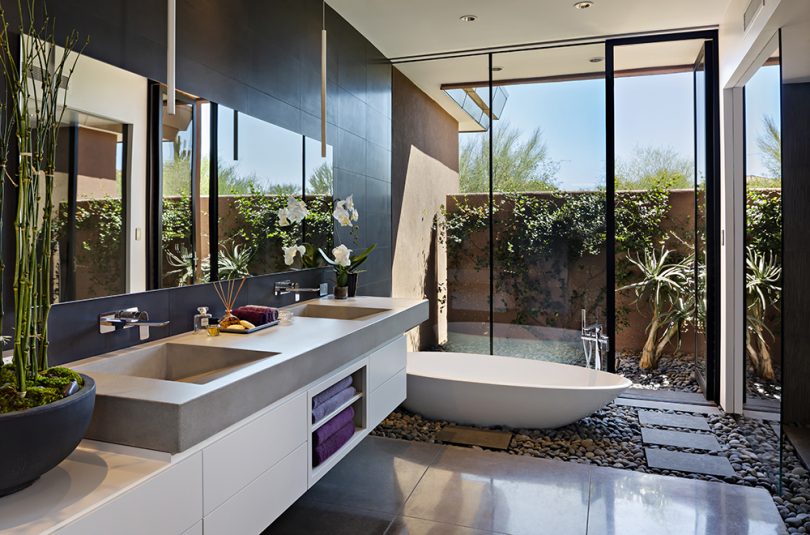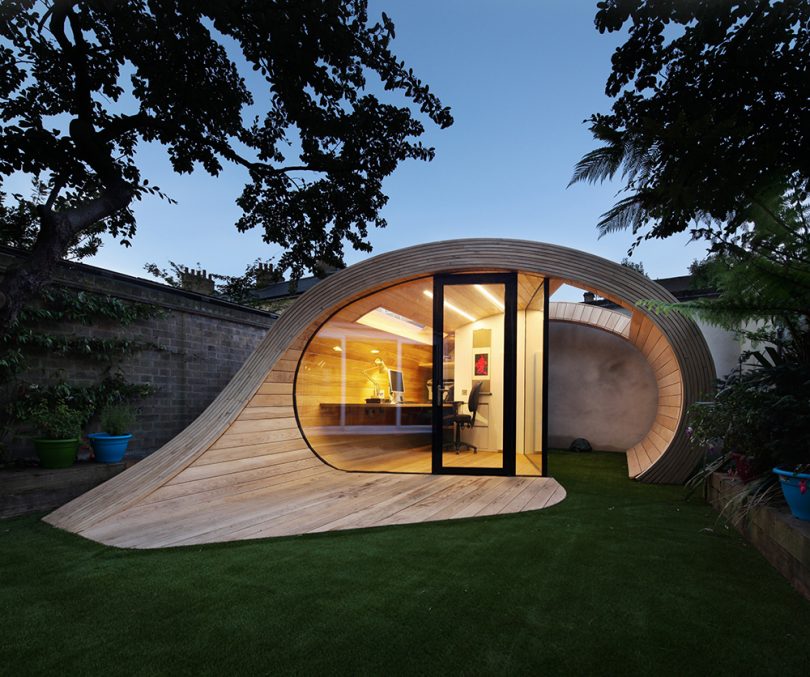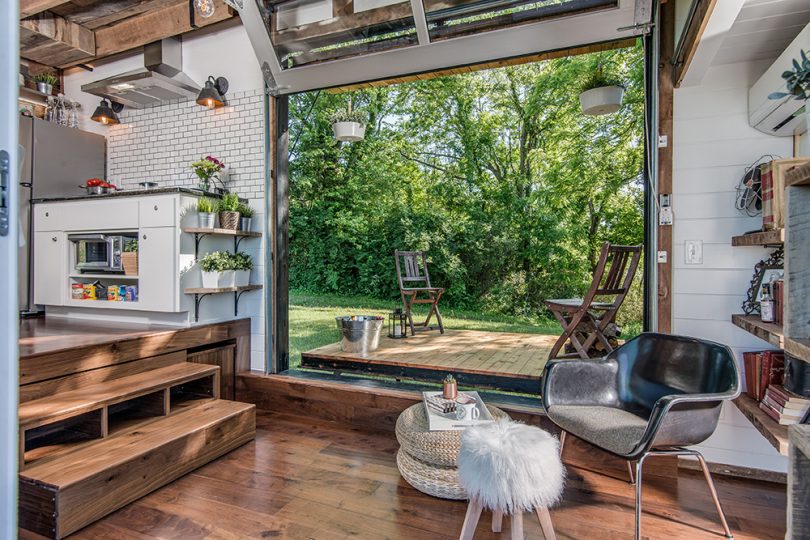Donald M. Rattner is the author of My Creative Space: How to Design Your Home to Stimulate Ideas and Spark Innovation and principal of Donald M. Rattner, Architect, having earned his BA in art history from Columbia and his Masters of Architecture from Princeton. As a consultant, Rattner uses scientific research to help individuals and organizations maximize their creativity through workplace, residential, wellness, hospitality, and retail environments. These experiences, of course, led to him share that knowledge of designing creative spaces with readers of his book. Rattner is also an educator, having taught at the University of Illinois, New York University, Parsons School of Design, and online. His work has been featured on CNN as well as in such publications as The New York Times, L-Magazine, and Better Humans. Today he’s sharing some favorite spaces chosen to be part of his book in Friday Five.
1. Master Bath. Scottsdale, Arizona.
Architecture and interior design by Tate Studio Architects.
Landscape design by Desert Foothills Landscape.
Having gathered over 150 photographs of creative spaces designed by top-tier architects, interior designers, and creatives for my new book My Creative Space: How to Design Your Home to Stimulate Ideas and Spark Innovation, it’s proven nearly impossible for me to choose my favorite five because, well, I love them all! However, duty calls, so here goes, starting with a pic of the domestic idea incubator par excellence – the shower room.
2. Home office and shed. London, United Kingdom.
Architecture by Platform 5 Architects.
According to scientific research, people generally feel more inspired to create in environments characterized by curved contours and rounded detailing than in boxy spaces dominated by flat planes, right angles, and sharp corners. I’d say this intriguing detached home office design puts that lesson to good use.
3. Living area. Nashville, Tennessee.
Building and interior design by David Latimer for New Frontier Tiny Homes.
One of the many pleasant discoveries I made in the course of writing the book was a series of tiny homes designed by David Latimer for his Nashville-based company New Frontier. A recurring feature of each model is a large opening to the outside, which not only deftly (and wisely) relieves the sense of constrained physical space, but also helps to bring nature inside — another powerful creativity catalyst.
4. Kitchen. Kennebunk, Maine.
Interior design by Deborah Farrand for Dressing Rooms.
If there’s one room in a home that serves as a cauldron of creativity above all others, it’s the kitchen. And for good reason – more than almost any other creative pursuit, cooking embodies the core attributes of invention, whether it’s the idea of creativity as fundamentally a combinatorial exercise, its heuristic qualities, or its social and collaborative nature.
5. Window seat. Thornbury, Victoria, Australia.
Building and interior design by Matthew Duignan for Mesh Design Projects.
Here’s a simple tonic for boosting creativity: read a lot, especially fiction. It will blow your mind wide open – and that’s a good thing, because open-mindedness is among the top personality traits of creative individuals.
from WordPress https://connorrenwickblog.wordpress.com/2020/02/21/friday-five-with-donald-m-rattner/






No comments:
Post a Comment